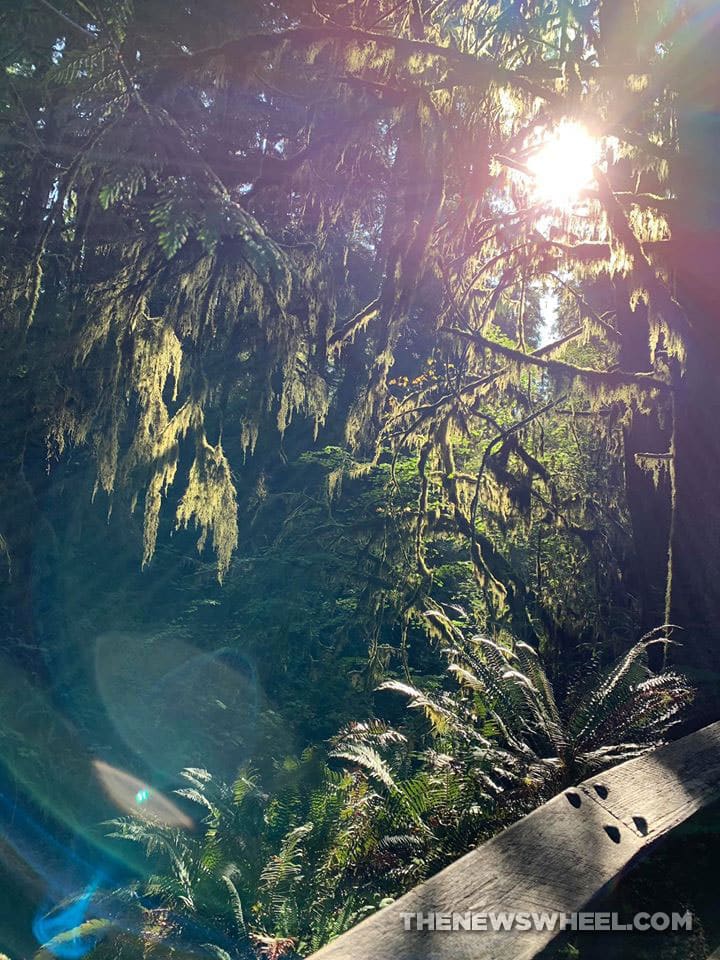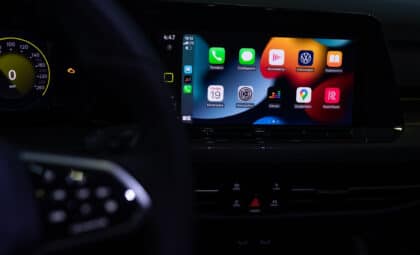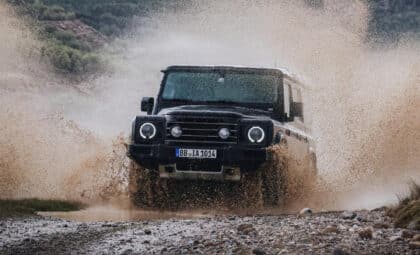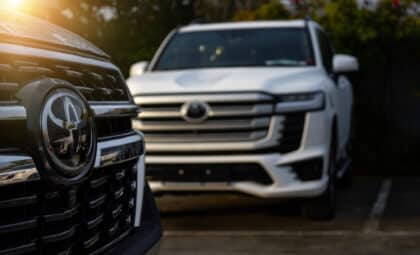
Photo: Whitney Russell
America’s National Parks are on many people’s travel-related bucket lists — and for good reason. They boast breathtaking views, geographical wonders, and diverse ecosystems to delight any nature lover’s senses and spirit. Here’s a brief overview of what you should know and where you should go when visiting Olympic National Park in Washington.
Road-Trip Ready: Meet the 2020 GMC lineup
Best months to visit

Photo: Pixabay
Plan your visit for July or August, to catch the park at it’s warmest and driest season when most of its roads and facilities are open. If you visit from October through May, make sure to check the park’s website for any road or facility closures, as well as reduced hours for visiting.
And keep in mind that June through September is the park’s busiest time of the year, so make sure to visit earlier in the day rather than later if you prefer a more peaceful hiking experience and fewer encounters with other tourists.
Drivable roads
Because the park sprawls over nearly 1 million acres, a car or bus is the best way to travel from one hiking area to the next. Interstate 5 is one of the main routes to take to get to the park. Make sure to check current road conditions on the NPS website, to be aware of any road closures and detours due to weather.
Parking pass
Makes sure to bring some cash to pay for the $30 vehicle pass you’ll need, or visit yourpassnow.com to purchase an electronic pass. Each pass is valid for seven consecutive days since many visitors find they need more than a day or two to see all they want to in the park.
Spacious Family-Hauler: Anticipating a new full-size GMC crossover
Navigation tips

Photo: Francesco Paggiaro
Be aware that cell reception is spotty within Olympic National Park due to its remote wilderness setting, so cell phones and GPS tools will be unreliable. It’s a good idea to bring hard-copy maps with you when driving to and within the park. The NPS has a park map and several area-specific maps on its website worth downloading and printing off. There are also public telephones available for use in the Hoh River Rain Forest Visitor Center, the Olympic National Park Visitor Center, and the Fairholme General Store.
Where to go

Photo: Wikimedia Commons
Some of the park’s most popular locations are the Hoh Rain Forest, Hurricane Ridge, Lake Crescent, Sol Duc Valley, and Staircase. If you’re into photography and the fantastical, you should start your adventure with Hoh Rain Forest. Due to its rainforest climate, much of this area is characterized by dense ferns and mosses as well as prehistoric-sized Douglas fir, Sitka spruce, western hemlock, and western red cedar trees.
Where to eat
Due to the park’s immense size, it’s wise to pack water, snacks, and some sandwiches ahead of time. Though, you can also grab some food at the Creekside Restaurant located at Kalaloch Lodge inside the park, and grab snacks and drinks at The Kalaloch Mercantile next to the lodge.
Wildlife to look out for
Many animals call Olympic National Park home. Keep your eyes peeled for mountain goats, deer, bears, and cougars when hiking the trails. Birdwatchers can expect to see a variety of birds from woodpeckers and wrens to Golden-crowned Kinglets and hummingbirds.
Whitney Russell is a current resident of Dayton, though her spirit can be found beach-bumming on Puerto Rico (the land of her half-Puerto Rican heritage). When not adventuring through the exciting world of car news, she can be found hiking with her husband and their two dogs, motorcycling, visiting her cute nephews and nieces, discovering new memes, reorganizing and/or decorating some corner of the world, researching random things, and escaping into a great movie, poem, or short story. See more articles by Whitney.










